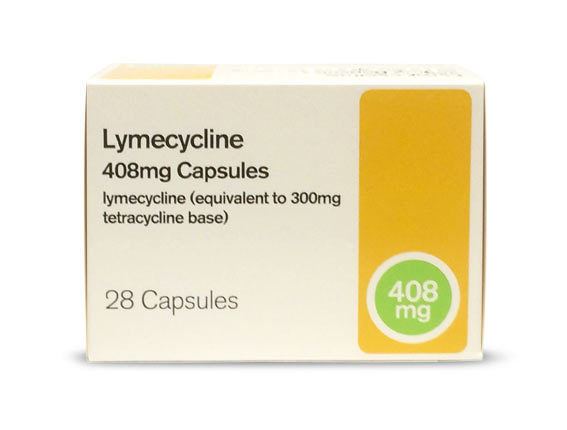Routes ofadministration By mouth Bioavailability 100% (oral) CAS ID 992-21-2 | ATC code J01AA04 (WHO) Biological half-life 10 hours Molar mass 602.63 g/mol | |
 | ||
AHFS/Drugs.com International Drug Names Legal status AU: S4 (Prescription only) | ||
Lymecycline is a tetracycline broad-spectrum antibiotic marketed by the pharmaceutical company Galderma. It is approximately 5,000 times more soluble than tetracycline base and is unique amongst tetracyclines in that it is absorbed by an active transport process across the intestinal wall, making use of the same fast and efficient mechanism by which carbohydrates are absorbed.
Contents
The greater absorption of lymecycline allows for lower dosages to be used; the standard dose of 408 mg is equivalent to 300 mg tetracycline base and, in its action, to 500 mg tetracycline hydrochloride. Lymecycline, unlike tetracycline hydrochloride, is soluble at all physiological pH values.
History
Lymecycline was released into the pharmaceutical market in 1963.
Indications
Lymecycline, like other tetracyclines, is used to treat a range of infections. Its better absorption profile makes it preferable to tetracycline for moderately severe acne and typically prescribed for 8 weeks at a time, but alternatives should be sought if no improvement occurs by 3 months.
Side effects
Lymecycline's side effects can include rash, headache, diarrhoea, ulcerative colitis, nausea, vomiting, dermatitis, dysphasia, inflammation of the liver, hypersensitive reactions, and visual disturbances. When taken for a long period of time, it can cause reflux oesophagitis.
